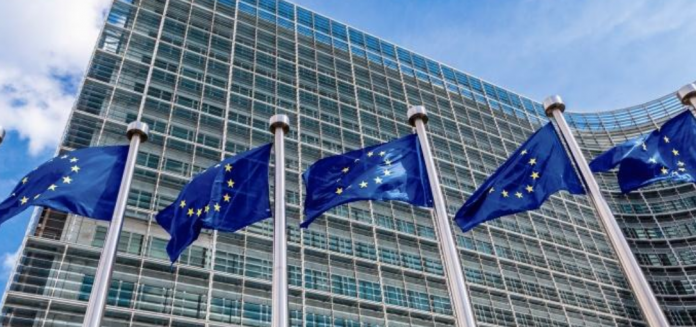As the European Union has been urged to adopt common regulations on cryptocurrencies repeatedly since 2018, it seems we are finally on the cusp of the historic proposal.
Ahead of the potential breakthrough, Elsa Madrolle, General Manager, International at CoolBitX, an international blockchain security company, shares her perspective on the pan-European framework.
The European Commission has indeed been working for several years on a European-wide framework for the virtual asset industry, which included consultations and several other industry engagements.
At the end of June 2020, Executive Vice-President of the European Commission Vladimir Dombrovskis confirmed in a speech that the EU is working on “a digital finance strategy for Europe to make the most out of digital finance and compete globally, removing more regulatory barriers between countries, while ensuring adequate supervision.”
He further stated that this included cybersecurity concerns: “The Commission is now working on legislation for all financial institutions to comply with standards of operational resilience. We plan to present this in a similar timeframe, in early autumn.”
There are several issues that Dombrovskis suggested the legislation might tackle, such as the difficulty in having disparate licensing regimes across different countries, or the lack of passporting of certain virtual assets that fall outside the scope of existing regulation. He additionally hinted at a European regulatory sandbox among other things.
Much will rest on what is defined as the framework and its exact scope. European lawmakers have several types of legal frameworks available at their disposal – from regulations which would supersede any existing national regulation, to directives which leave much more to the discretion of the national law-makers to implement, or recommendations which are non-binding.
If indeed a new EU-wide Regulation is expected to be released, and that it is believed that it might incorporate specific AML provisions, there could be further delays in implementing AMLD5 (which was a Directive) while national regulators await the announcement and AMLD6 which was due before the end of the year. In theory, new regulation around virtual assets should not derail existing AMLD efforts but rather build on them, but given the complexity of European legislation, countries may prefer to wait to ensure none of their existing efforts get superseded by new regulation.
Additionally, any new regulation is going to need to at least align with FATF from an AML standpoint as the EU is an active member of FATF whose current president is himself a member of an EU state.
The European Union legislative system is generally far more time-consuming than national systems as it is consensus-driven, multilingual and multicultural and new legislation often highly debated for extended periods of time, sometimes including lengthy delays, before being published. Factoring in unprecedented potential COVID-related delays, it is possible that these timelines get pushed back however it will be a welcome development to watch how the EU positions itself on the global scene. This is a unique chance for the EU to create a robust but open framework to become truly competitive at a crucial time as the United Kingdom steps out at the end of 2020.




















